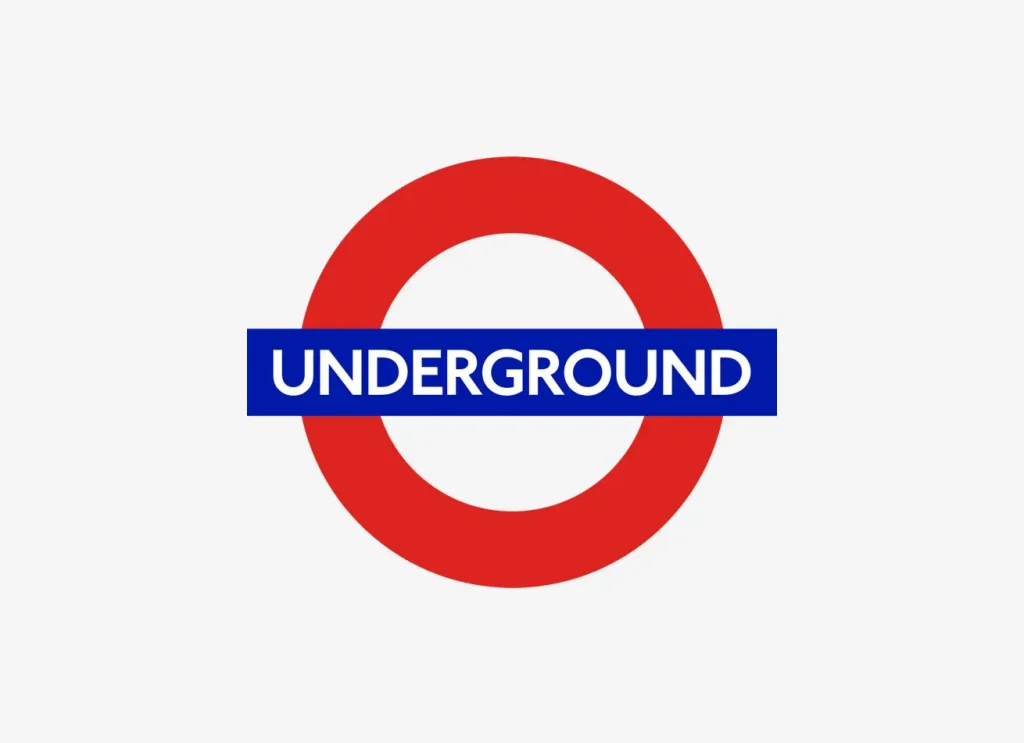Identifying goals and objectives for a website is essential for successful design, as is creating a user-friendly layout, typography, colors, images, and navigation that appeal to users and reflect the brand.
Having an effective website is an important part of any business today, regardless of the size or type of business. Designing a website can be a daunting task, but it doesn't have to be. In this article, we'll explore the steps necessary to design an effective website. We'll look at the importance of setting goals and objectives for the site, creating an intuitive layout, and implementing effective design elements. By the end of this article, you'll have the necessary knowledge to design a website that will engage your audience and create a positive user experience.
- 1. Identifying Your Site Goals and Objectives
- 2. Creating an Intuitive Site Layout
- 3. Implementing Effective Design Elements
1. Identifying Your Site Goals and Objectives
Identifying your site goals and objectives is essential to creating a successful website. Before you start designing, it’s important to take a step back and take stock of your desired outcomes. What do you want to achieve with your website? Are you looking to generate leads, sell products, or provide a service? Having a clear idea of your goals will help you create a plan and structure for the site to support those objectives.
To get started, ask yourself questions like: What do I want visitors to do when they come to my site? What type of content will I need to support those goals? What type of design elements and features can help me achieve my objectives? Answering these questions will help you create a roadmap for your site’s design process. Once you have identified your goals and objectives, you can move on to the next step of the process – designing the actual site.
2. Creating an Intuitive Site Layout
When designing a website, creating an intuitive site layout is essential for user experience. A good website layout should be easy to navigate and should include the necessary features to provide the user with the information they are looking for.
The basic elements of a website layout include a header, navigation bar, content area, and footer. The header should contain the website logo or name, as well as the main navigation bar. The navigation bar should contain links that make it easy for the user to find the information they are looking for. The content area should contain the main content of the website, such as articles, images, and videos. The footer should contain additional information such as contact information, copyright information, and links to the website's social media pages.
When creating the layout, it is important to keep in mind the user's needs. The website should be designed so that the user can easily find the information they need. The navigation bar should be organized in a logical way and should include descriptive labels for each link. The content area should be organized into sections to make it easier for the user to find the information they are looking for.
When designing a website, creating an intuitive site layout is a critical step for user experience. By keeping the user's needs in mind and designing a layout with the necessary elements, web designers can ensure that the website is easy to navigate and that the user can find the information they are looking for.
3. Implementing Effective Design Elements
When designing a website, it is important to consider the overall look and feel of the site, as well as the effectiveness of the design elements used. Effective design elements can help to make a website more user-friendly, engaging, and aesthetically pleasing. Some key design elements to consider when designing a website include: typography, color, images, and navigation.
Typography can help set the tone of the website and draw attention to important elements on the page. Choosing a font that is legible and easy to read is essential. Additionally, selecting a font that reflects the brand's personality can be beneficial.
Color is an important design element that can help create a sense of cohesion and unity throughout the website. Color can help draw attention to certain elements or emphasize key messages. Using the brand's colors throughout the website can also help to create recognition and strengthen the brand's identity.
Images are another key design element to consider. Images can help capture the user's attention and create interest. Additionally, images can be used to enhance the overall look and feel of the website. Choosing images that are visually appealing, and relevant to the website's content is essential.
Finally, designing a logical and intuitive navigation is essential. Navigation should be clearly labeled and easy to find. Additionally, consider using drop-down menus or other navigational elements to help users quickly and easily find what they are looking for.
By implementing these effective design elements, you can create a website that is visually appealing, user-friendly, and engaging.
Designing a website can be a daunting task, but with the proper planning and research, it can be a rewarding experience. By identifying your site goals and objectives, creating an intuitive site layout, and implementing effective design elements, you can create a website that meets the needs of your target audience. With the right approach, you can create a website that will be successful and effective in achieving your desired outcome.



